12
LOOKING BEHIND THE VEIL
Two symbols in the Veil template had puzzled me from the beginning: the turkey track and the star. There are eight turkey tracks and four star symbols in each cell of the Veil template (fig. 12.1). The turkey track has been the hardest to figure out. While researching, I have found matching symbols in ancient runes, including from the Elder and Younger Futhark, the Celtic, and the Danish, and even in some versions of ancient Phoenician alphabets, which have a symbol that looks identical to the turkey track. Each has a different meaning.
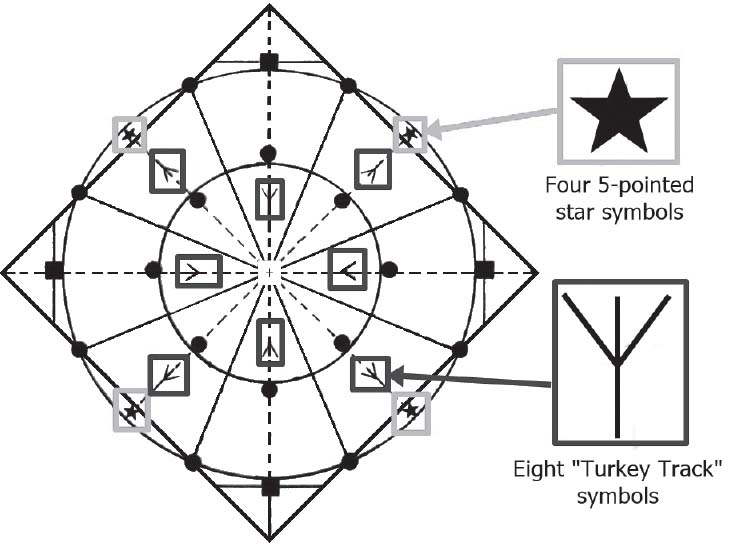
Fig. 12.1. Four star and eight turkey-track symbols on the Veil template
I have also found records of the marks of medieval masons (the cathedral builders) that contain identical symbols. In regard to masons’ marks, Freemason’s Quarterly Magazine of 1853 describes them thus: “True mason’s marks are merely the cyphers of operative workmen, to distinguish their own performances.”1 But Robert Freke Gould writes in his 1884 History of Freemasonry:
The marks on both English and French buildings, for the most part, vary in length from 2 to 7 inches, and those found at Cologne from 1½ inch to 2 inches, and were chiefly made . . . to distinguish the work of different individuals. At the present-time the man who works a stone (being different from the man who sets it) makes his mark on the bed or other internal face of it, so that it may be identified. The fact, however, that in the ancient buildings it is only a certain number of the stones which bear symbols—that the marks found in different countries (although the variety is great) are in many cases identical, and in all have a singular accordance in character . . . —seems to show that the men who employed them did so by system, and that the system, if not the same in England, Germany and France, was closely analogous in one country to that of the others. Moreover, . . . many of the signs are evidently religious and symbolical, and agree fully with our notions of the body of men known as the Freemasons.2
The Knights Templar, being the wealthiest order of their day, are said to have built at least a thousand churches and other structures throughout Europe and the United Kingdom. In constructing those buildings, they would have needed, and are known to have used, the operative masons. These were the same masons who used symbols that, as Gould observes above, correspond to those of Freemasonry. This is just one more bit of evidence hinting at a connection between the Veil template, the Freemasons, and the Knights Templar.
Figure 12.2, the illustration of masons’ marks at Tewkesbury Abbey, shows the turkey track at the top left. That same symbol is found in the crypt at Canterbury Cathedral, the ruins of the Cistercian monastery known as Fountains Abbey in North Yorkshire, and even in Rosslyn Chapel in Scotland.3 What does it mean? I wish I knew. The ambiguous nature of symbols is part of their beauty, but their ambiguity can also be frustrating. I’ve seen other sites suggesting that the symbol could be translated as the letter M, which is the thirteenth letter of the modern English alphabet. The equivalent in the Hebrew alphabet is the letter mem (מ) which is the 13th letter of their alphabet and has a gematria value of 40.
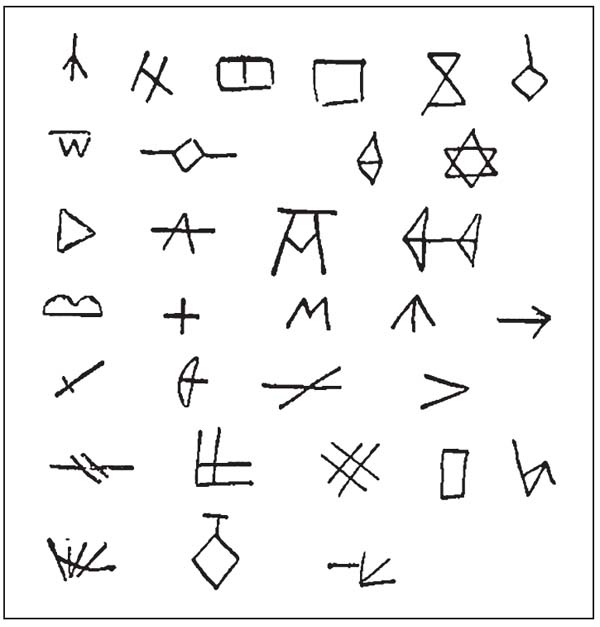
Fig. 12.2. Masons’ marks found in Tewkesbury Abbey, in Gloucestershire, England, including the turkey-track symbol
After noticing the similarities of religious symbols inside Hagia Sophia, the ancient Greek Orthodox basilica in Istanbul, which served later as a mosque and currently as a museum, I can’t help but wonder if the turkey tracks could be a crude representation of the symbol we know as the fleur-de-lis. While we don’t have anything definite, we at least now have a few clues to follow. Also of note is the fish symbol, the vesica piscis, and the four stars located on the sides of the symbol at the top of figure 12.3, which will be discussed later in this chapter.
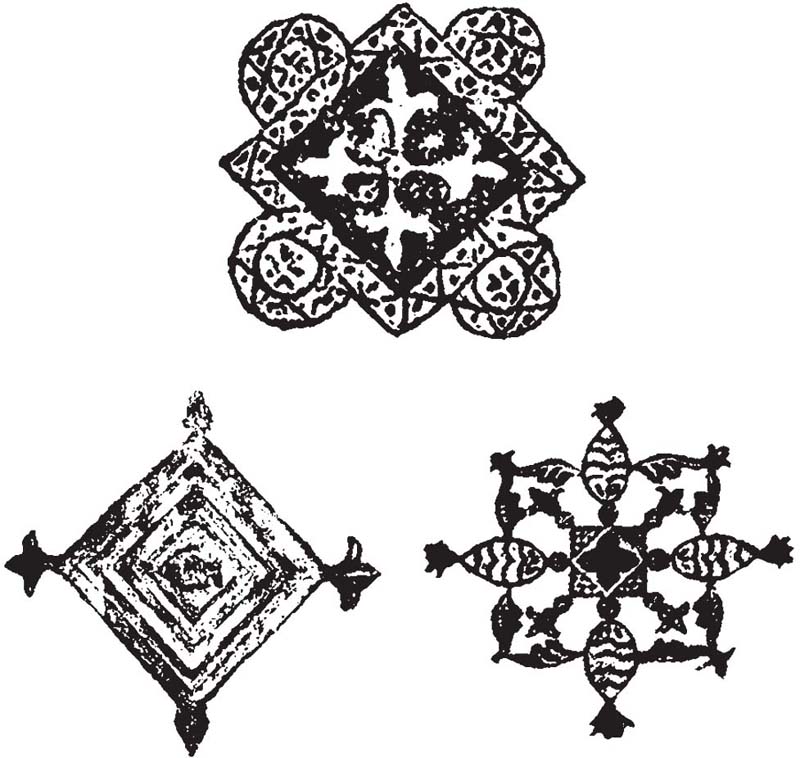
Fig. 12.3. Religious symbols in the ancient Greek Orthodox basilica Hagia Sophia in Istanbul. Note the similarities of the symbols above with those of the Veil template.
I found several sources from various authors, all of which explain how the fleur-de-lis is a representation of the Tree of Life, with origins dating back to ancient Egypt. These authors point out that the ancient Egyptians used a hieroglyph of a lotus plant, which consists of 3 upright stems, to represent the Tree of Life. This comparison rang a bell because, as I noted earlier, there are 8 turkey tracks on the template, each having 4 points, for a total of 32 points, which is equal to the number of paths in the Kabbalistic Tree of Life. The Egyptian hieroglyph evolved over time and took on the shape of the present, as author Audrey Fletcher explains:
The ancient Egyptian symbol for plant meaning Tree of Life was three sacred lotus lilies. They have three stems curving to the left as though blown into life by the breath of Hu, the celestial sphinx. On top of each stem is the Lotus flower which was used in ancient Egypt to represent life and resurrection. It is from this hieroglyph that the “fleur de lis,” which is frequently found in ancient Egyptian art traces its origin. The “fleur de lis” represents the Tree of Life. The glyph which denotes the sacred knowledge associated with Hu is also formed by the three stems of the sacred lotus lilies. The Osiris crown can be similary considered in these terms. Following the role model of Osiris, in 1346 AD Edward the Black Prince won three feathers at Crecy which he adopted as his emblem. If the three feathers are gathered at the stems a “fleur de lis” is created.4
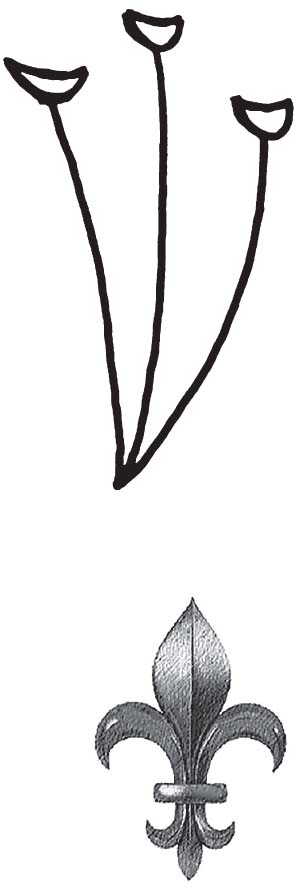
Fig. 12.4. The ancient Egyptian hieroglyph for the lotus (top) evolved into what we now know as the fleur-de-lis.
I submit that the symbol isn’t a turkey track drawn by a member of the Knights of the Golden Circle, but rather a representation of an ancient glyph symbolizing the Tree of Life, most likely drawn by a Freemason or someone of a like mind who came before.
As for the five-pointed star, research has uncovered more than enough to offer an explanation that ties in with the other symbolic meanings involved in the Veil template. As many know, the five-pointed star has long been used as a symbol for the planet Venus, the morning and evening star, and for the mythological goddess (yet another feminine aspect to the Veil template), but there is more. As previously stated, the Veil template is made up of individual cells, which fit together to form the whole veil. In regard to the crisscrossed lines made by the Veil template, Fulcanelli remarks, “It is the child Jesus, carried by Offerus, the servant or the Traveler; it is the gold in its bath, the bather; it is the bean, the sabot, the cradle or the cross of honour and it is also the fish ‘which swims in our philosophic water.’”5 He compares the fish, which swims in the philosophic water, to a hieroglyph of the Philosophers’ Stone in its first state. His mention of Jesus and the fish brings up the fish symbol used by early and modern Christians alike.
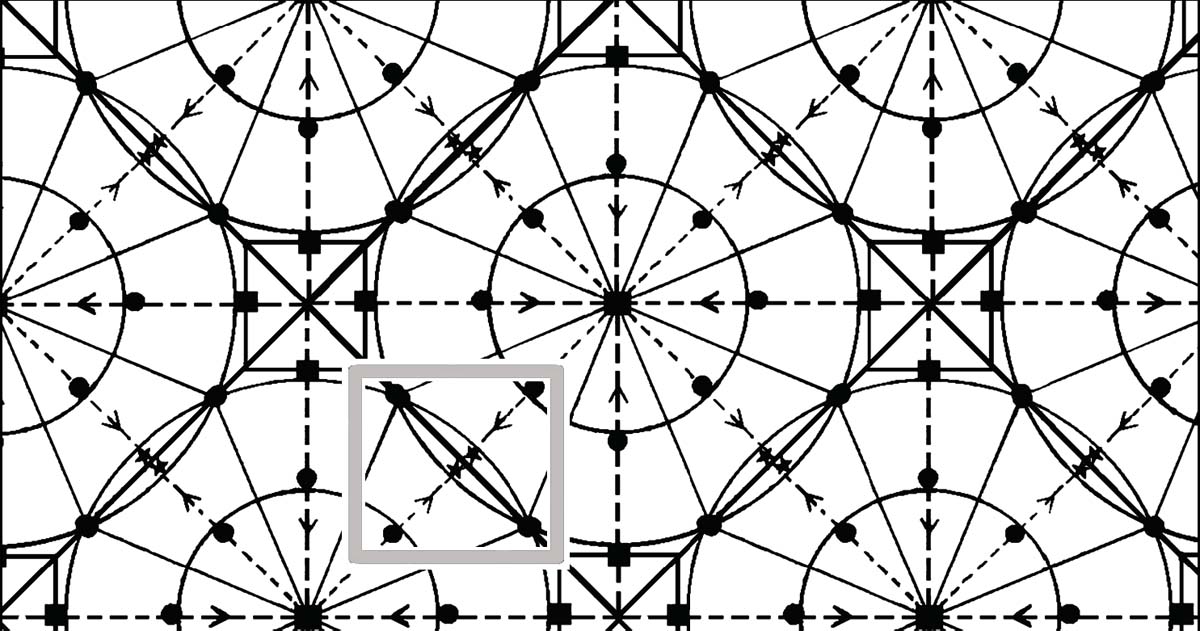
Fig. 12.5. Veil template, highlighting the vesica piscis
The symbol of the fish, which is often used to represent Christianity, is also known as the vesica piscis and is derived from the overlapping of two circles. “The word usually found inscribed within, IXOYE [sic] (Ichthus), is Greek, meaning fish [see fig. 12.6 below]. The emblem became significant to Christians after St. Augustine, who extracted the word from the acrostic prophecy of the Erythraean Sibyl, and applied the kabbalistic technique of notarikon (acrostic) to the word to reveal ‘Jesus Christ, God’s son, savior.’”6
Figure 12.7 below depicts Christ within a vesica piscis, also known as a mandorla, or almond shape. The four evangelists surrounding Christ are depicted as their symbolic creatures: man, ox, lion, and eagle. These four creatures also happen to represent the fixed signs of the zodiac: Aquarius, Taurus, Leo, and Scorpio. (The eagle is sometimes used to represent Scorpio instead of the scorpion.) Also of note are the crisscrossed lines (veil), circles (female), and squares (male) throughout the illustration.
The custom of the early Christians to communicate by drawing a portion [of the vesica piscis] in the dust was carried over from the practice of the ancient Pythagoreans, who discovered the shape’s unique properties and made it an important part of their teachings. In earlier times, this glyph was associated with the goddess Venus, and represented female genitalia. Early depictions of Christ depict Him as an infant within the vesica (in this context, it is usually referred to as a mandorla, meaning “almond shaped”), which represented the womb of Mary, and often, the coming together of Heaven and Earth in the body of Jesus (part man, part God). As such, it is also a doorway or portal between worlds, and symbolizes the intersection between the heavens and the material plane.7
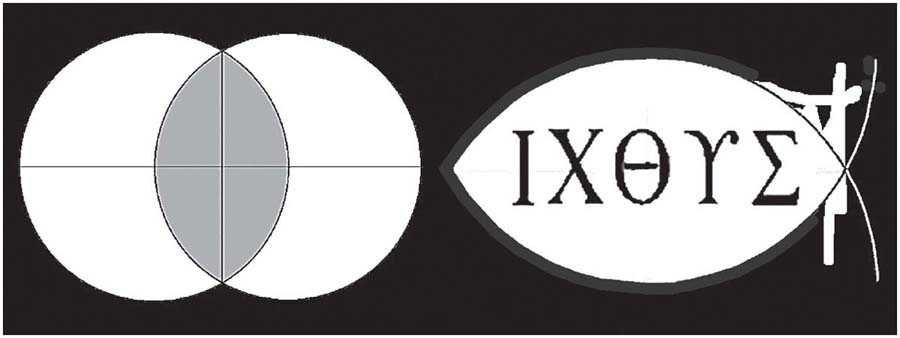
Fig. 12.6. The vesica piscis symbol. The Greek ΙΧΘΥΣ (ichthus), meaning fish, forms an acrostic for Iesous Christos, theou huios, soter: "Jesus Christ, Son of God, Savior."
Just as the symbol of the net or veil can be viewed as dividing the temporal and spiritual worlds, Jesus can be viewed as the coming together of Heaven and Earth, or the portal between man and God. This symbolism carries over to the Stone of Foundation, which is said to have rested between the Ark of the Covenant and the floor in the Holy of Holies. In this light, the symbols of the vesica piscis, the veil, Jesus, the Stone of Foundation, the crisscross patterns of the alchemical process explained by Fulcanelli, and the hieroglyphic symbol of the first stage of the Philosophers’ Stone can all be viewed as one.
The Veil template is representative of all the above. The template, with its dimensions, scale, and symbols, can be viewed as representing aspects of Judaism, Christianity, Islam, the Ark of the Covenant, the Stone of Foundation, astronomy, mysticism, Greek mythology, Pythagoreanism, masculine and feminine aspects, the joining of Heaven and Earth, the Dome of the Rock, alchemy, Freemasonry, the Rosicrucians, and beliefs carried down through operative masons (the cathedral builders) as well as the Knights Templar. Many of the symbols attributed to those mentioned above can be traced even further back to cultures like ancient Egypt and Phoenicia. It is amazing to me how one seemingly simple symbol like the Veil template can incorporate such complex and diverse meanings from throughout history. It does a very good job, in my opinion, of drawing a picture of Abraham Abulafia’s dream for Christians, Jews, and Muslims to unite through the beliefs they held in common. I believe that was also an idea held by the founders of the Knights Templar as well as by many within Rosicrucianism and Freemasonry to this day.
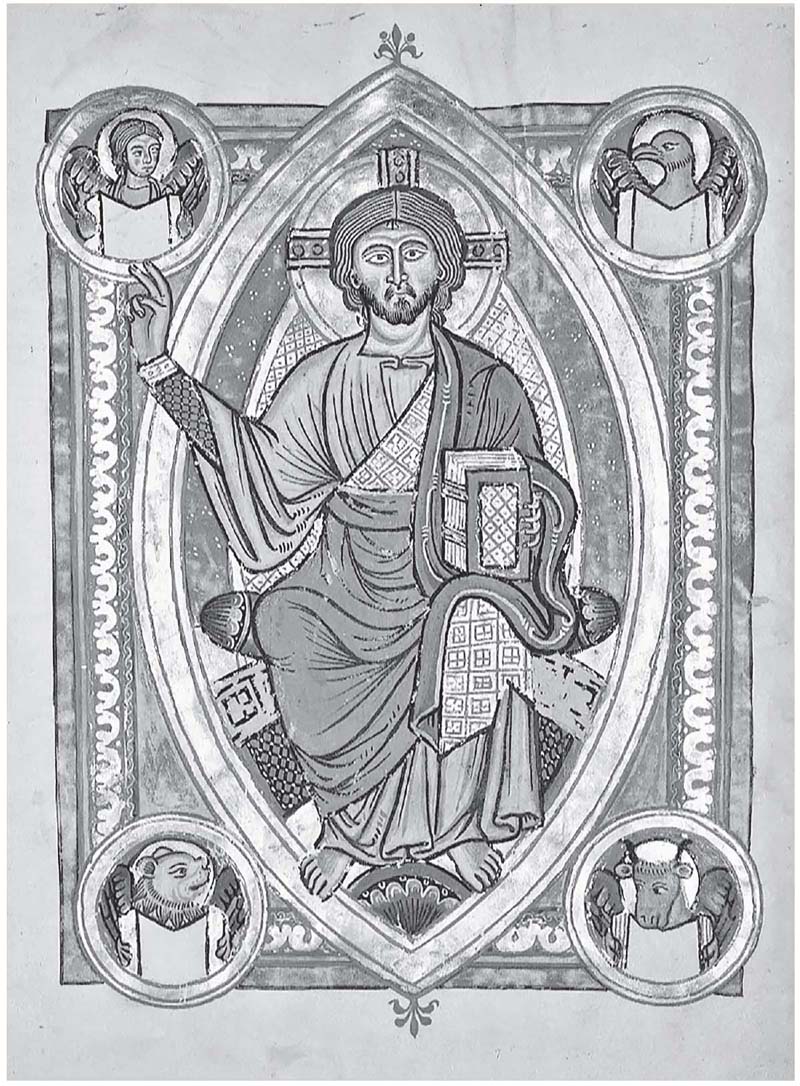
Fig. 12.7. Illuminated image of Christ and the four animal symbols of the four evangelists from the Codex Bruchsal, circa 1220, Evangelistar von Speyer. Note that Christ is seated in a vesica piscis.
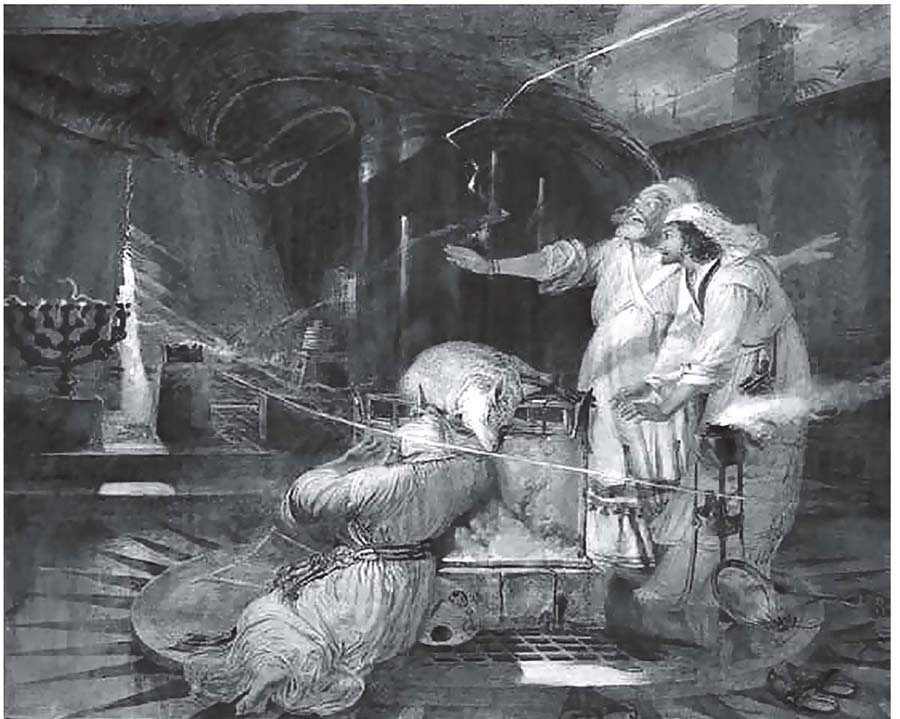
Fig. 12.8. The Rending of the Veil by William Bell Scott, 1869
The diameter of the outer circle in the large Veil template is 124 miles. The number 124 is the gematria for one of the Hebrew words for veil (מעטה). Drawing a line from one star directly across the diameter to the star on the other side of the circle and then back gives us two lines, each one having a length of 124 miles, for a total of 248 miles. The stars on the template are located within the vesica piscis. The distance of 248 miles from one star to the other is also the gematria of the Hebrew word for womb (רחם) rechem , —248!
Leviticus 16:2 reads, “And the Lord said unto Moses, Speak unto Aaron thy brother, that he come not at all times into the holy place within the vail before the mercy seat, which is upon the ark; that he die not: for I will appear in the cloud upon the mercy seat.” Veil (vail in the archaic spelling of the King James Version) can mean to hide or conceal, but it can also be regarded as protecting people from that which is behind it, as in the verse above.